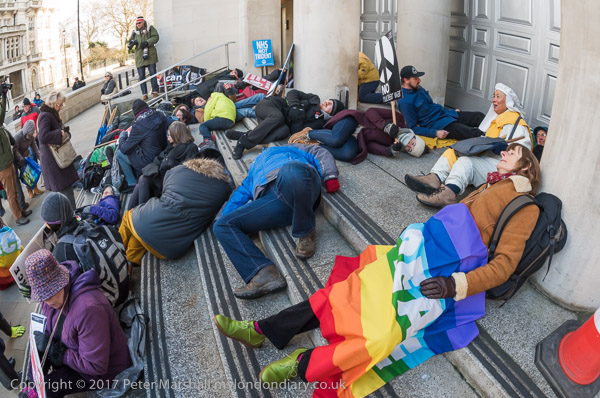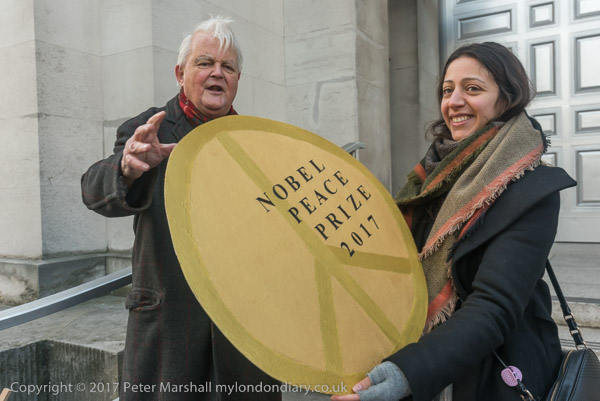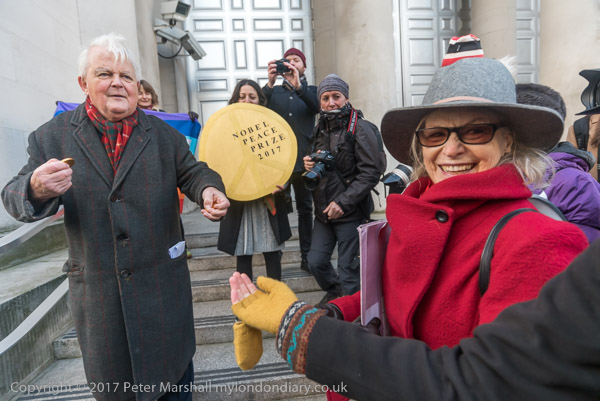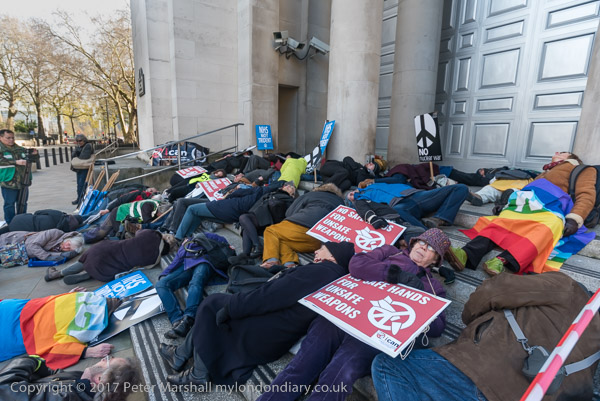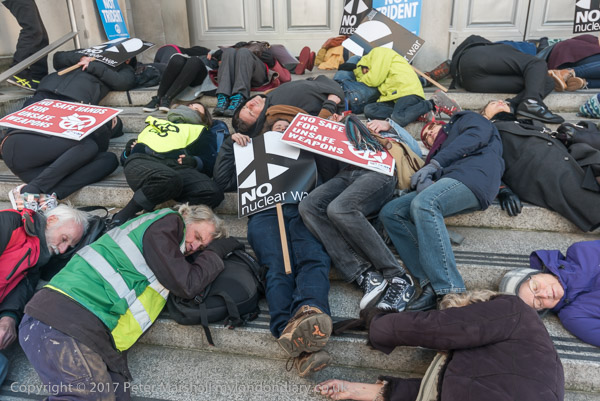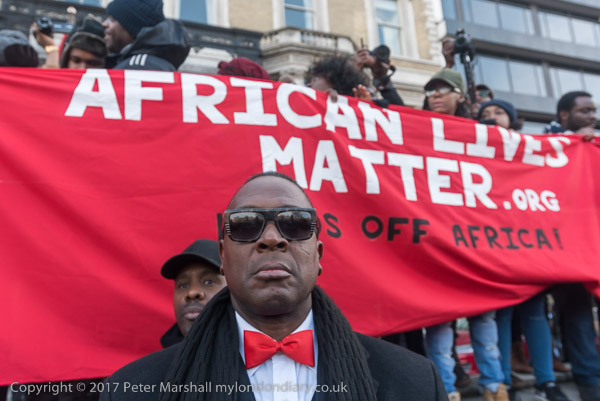
We are of course all against slavery, but the protest following the posting of videos of slave auctions of African migrants in Libya was predominantly by Black British citizens, and although others shared their outrage it was understandably closer to them. Many are here because slavery took their ancestors out of Africa to work on plantations in the Caribbean and elsewhere.
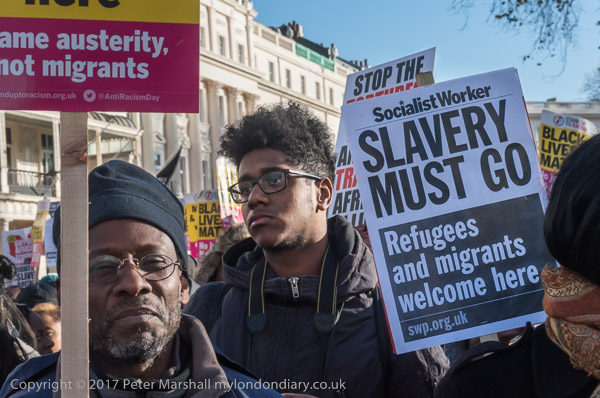
It was the wealth of slave plantations owned by white Britons, mainly those who owned large areas of their own country too, that enabled the building of squares like Belgrave Square where the protest met. Along of course with the mines they also owned in Africa and elsewhere, and are still exploiting, long after the end of the British Empire. Most of the leading mining companies are still London listed companies.
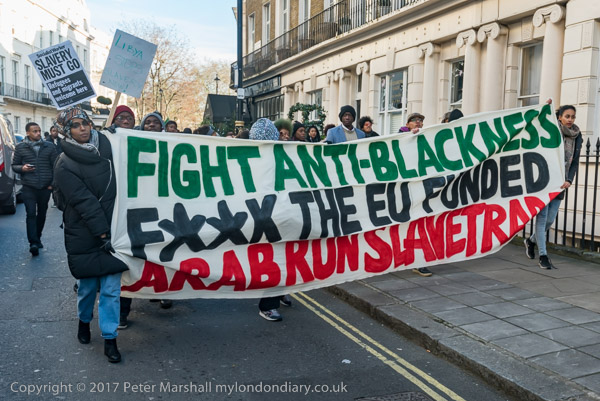
While we often celebrate – and rightly – the efforts of British people to bring an end to the slave trade its important to remember it was British slave traders and slave plantation owners that they were fighting against to get English law changed. And while the British navy was important in stopping slave traders, it did so to protect the commercial interests of those British-owned plantations which would otherwise have been undercut by foreigners still using slaves.
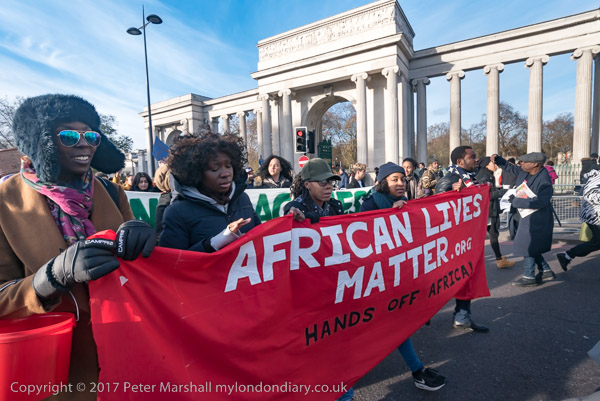
And while slavery went on the sugar plantations and elsewhere in the British Empire, this was by no means an an end to exploitation. Nor of course to the continuing preaching of racist attitudes throughout the British population, with an often unstated but pervasive and unquestioned assumption of the superiority of the white race, and above all the English. It was certainly an attitude that underlay the education I received and still obtains in much of our society with the ideas that we took civilisation to the ‘backward nations’ of Africa, India and even China. Though my having one year with a Marxist history teacher helped a bit.
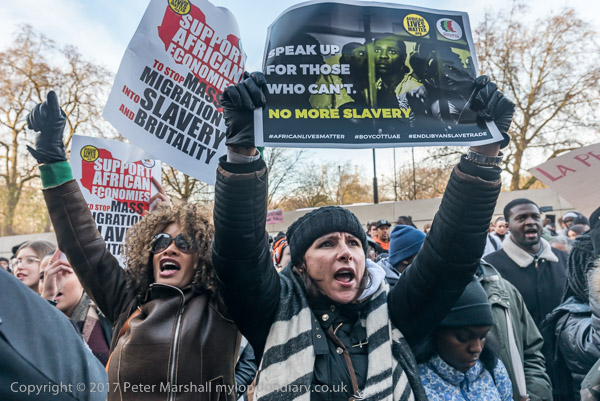
In reality, although they were some things we gave these countries, it was often at the expense of destroying civilisations and always of forcing them into subservience to the enrichment of Britain – and the other colonial nations. And even though many of us in the mass of ‘ordinary people’ were oppressed by the same masters through evicitions from our common lands and the harsh conditions of factory employment that created – again with the aid of slave monies – the industrial revolution and an underclass working class, we too benefited from the exploitation of the empire and our colonies.
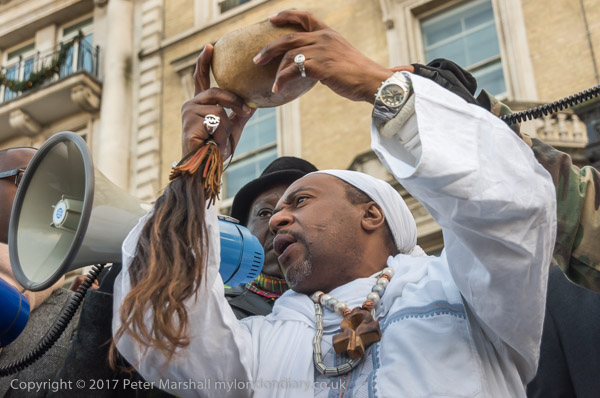
It was a large protest and ended in a small space outside the Libyan embassy, and it was difficult to get into a place with a clear view of what was happening during the ceremony in memory of the many Africans who have fought for their people against enslavement and colonialism. But I’m pleased that I was able to record it – even if there were moments that I missed, limited through working in something of a crowd in a very small space.
Although I’m used to working in crowds, it was an event I found quite stressful, and had to leave not just because I wanted to go to another event, but because I began to feel a danger of fainting. I needed to get out and do something to raise my blood sugar levels, sit down and have something suitable to eat. Although people were friendly it was still something of a struggle to make my way through the densely packed crowd and find somewhere I could sit and rest a little.
Pictures and more about the event: National Anti-Slavery March
______________________________________________________
There are no adverts on this site and it receives no sponsorship, and I like to keep it that way. But it does take a considerable amount of my time and thought, and if you enjoy reading it, a small donation – perhaps the cost of a beer – would be appreciated.
My London Diary : London Photos : Hull : River Lea/Lee Valley : London’s Industrial Heritage
All photographs on this and my other sites, unless otherwise stated, are taken by and copyright of Peter Marshall, and are available for reproduction or can be bought as prints.
To order prints or reproduce images
________________________________________________________
